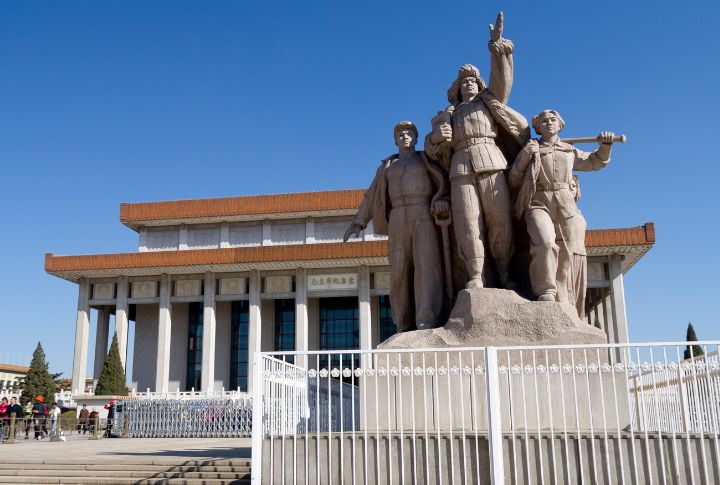
We’ve all gotten used to the idea that if you didn’t take a photo, it didn’t really happen. But some places don’t play by that rule. Be it a spiritual site or a historical space that asks for quiet respect, these 20 locations have put up a firm “no photography” rule.
Sistine Chapel, Vatican City
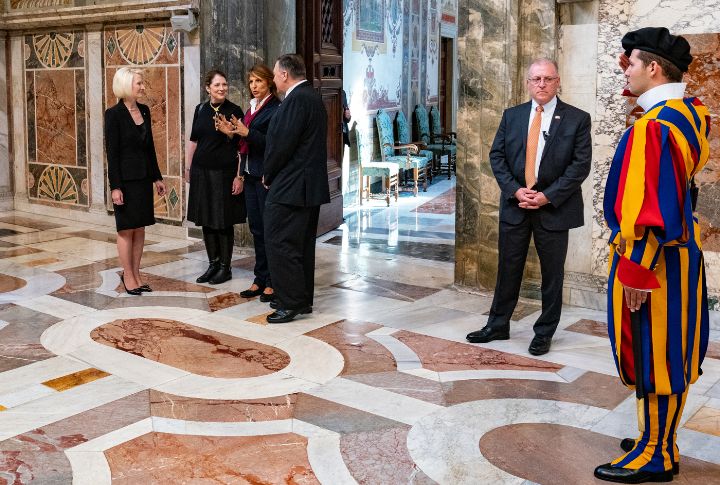
Silence is golden inside the Sistine Chapel—and strictly enforced. Guards make you delete unauthorized photos because protecting the ancient frescoes is paramount. This rule stems from a 1980s rights deal with Nippon TV, but you can always explore the incredible artwork through the Vatican’s 360-degree virtual tour online.
Supreme Court Of The United States, Washington, D.C.
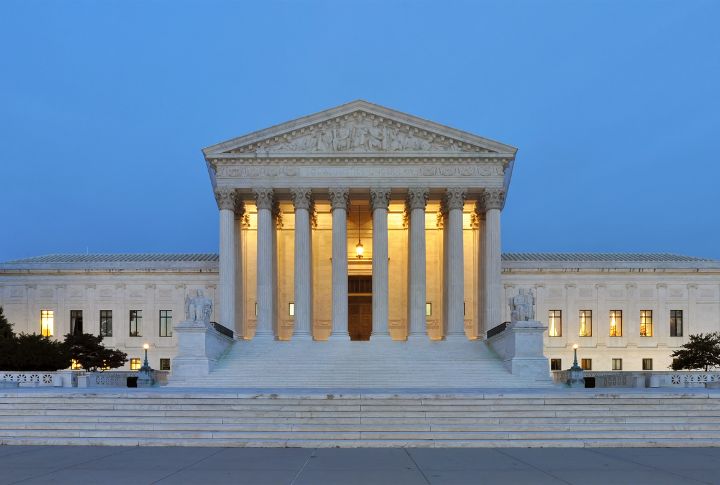
It’s a delicate balance: preserving history without disrupting the quiet work of justice. Cameras simply aren’t allowed in the Supreme Court; the flash and noise would shatter the solemn decorum. Instead, talented sketch artists sit in, capturing every single consequential legal moment beautifully and respectfully on paper.
Valley Of The Kings, Egypt
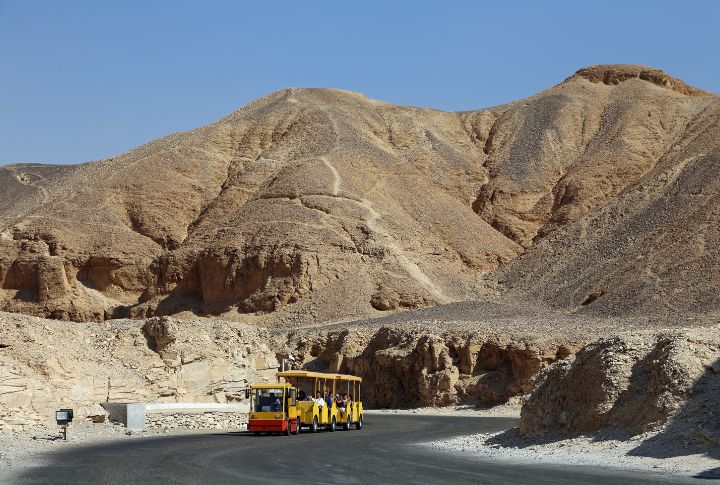
Those amazing ancient tomb pigments are incredibly delicate chemically, and they can easily fade due to modern light. That’s the core reason for the strict photo ban in the Valley of the Kings. Even a brief flash can diminish millennia-old brilliance, so Tutankhamun’s eternal home and others require rare photography permits.
Crown Jewels Exhibit, Tower Of London, UK
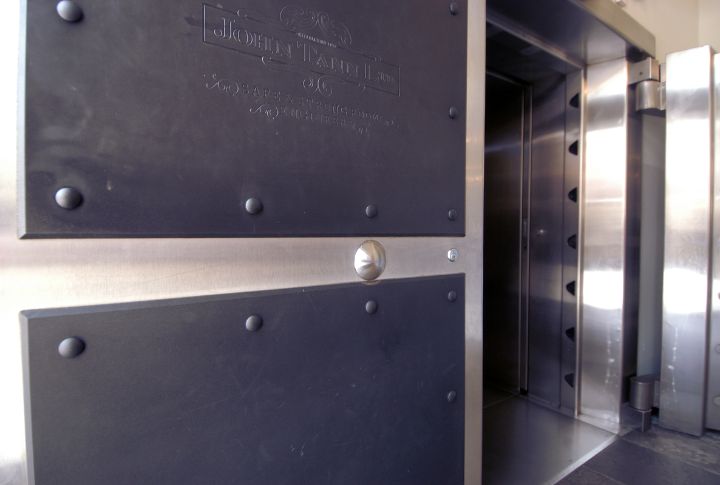
The dazzling Imperial State Crown is heavily protected by a zero-photo policy. By limiting access, the restriction protects priceless treasures from being documented by thieves. The famed Yeoman Warders—the Beefeaters—keep visitors moving and maintain order in the smooth flow of the exhibit.
Red Light District Windows, Amsterdam, Netherlands
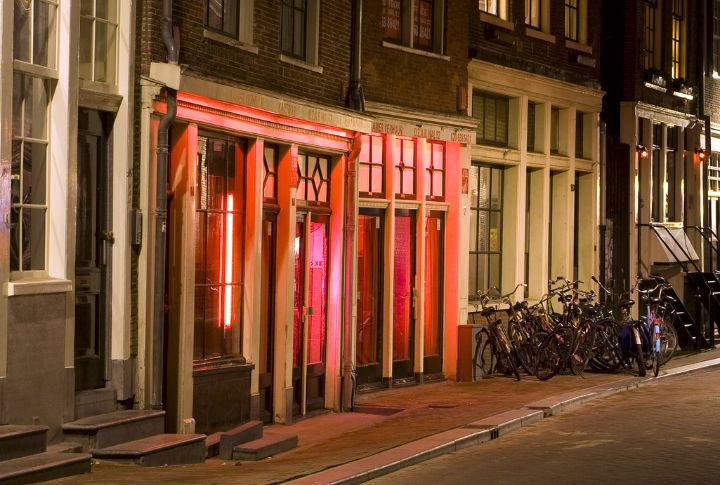
Curious tourists flock to Amsterdam’s Red Light District, but snapping photos is a definite no-go. Local authorities and security teams swiftly confiscate devices used to break the rules. The ban is an important modern safeguard designed to protect the privacy, safety, and human dignity of the workers.
Taj Mahal Mausoleum Chamber, India
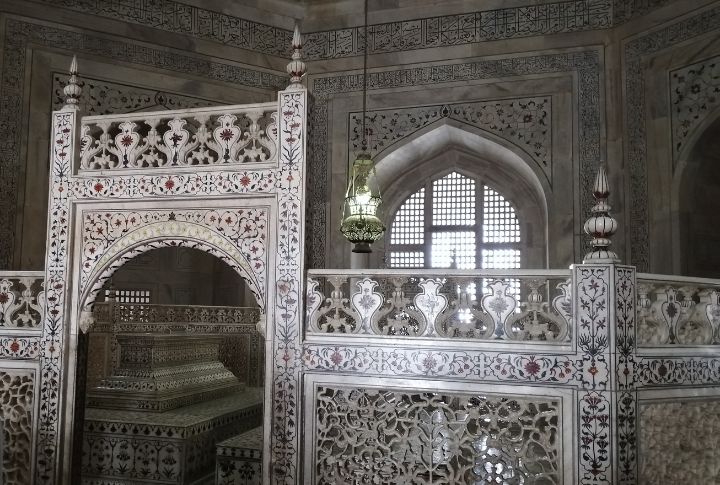
Capture countless images of the Taj Mahal’s breathtaking exterior and gardens—it’s encouraged. But step into the central mausoleum chamber, and all photography must stop. The mindful rule both shields the delicate marble and inlay work and honors the sacred atmosphere of the structure’s heart.
Mausoleum Of Mao Zedong, Beijing, China
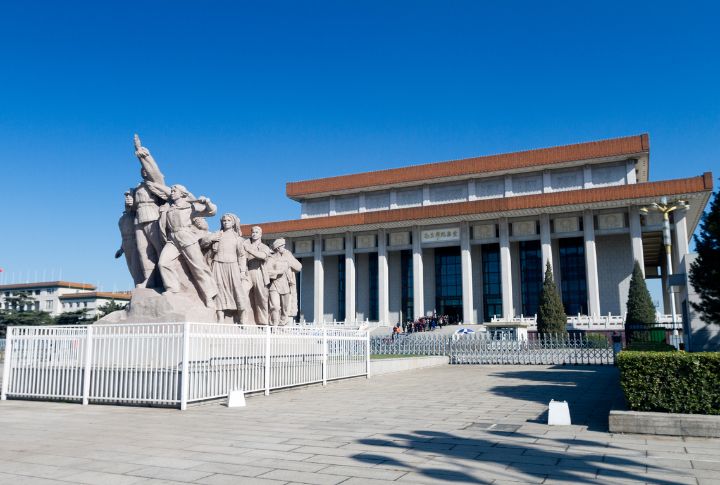
Planning a respectful visit to Chairman Mao’s final resting place in Tiananmen Square? You must put the camera away before entering. The no-photos rule helps maintain the hushed dignity around the crystal coffin. Visitors are offered a quick, quiet glimpse of the Great Helmsman in his eternal repose.
Orthodox Churches During Services, Eastern Europe
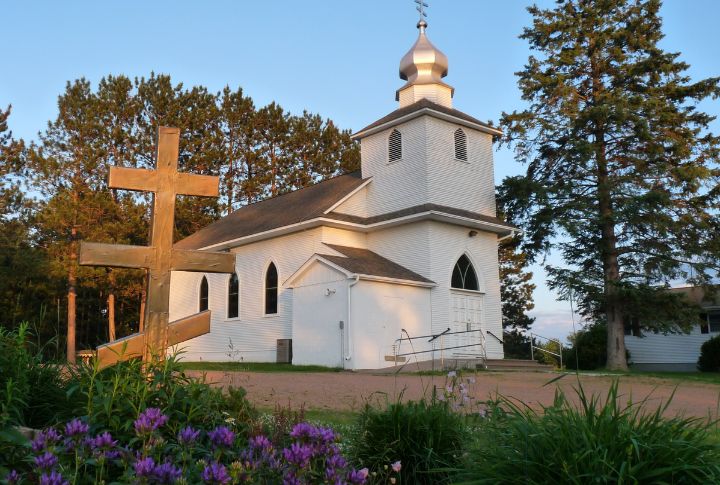
For centuries, the priority in Eastern European Orthodox churches has been the sanctity of worship. Today’s strict no-photography rule during services reflects a long-held principle that keeps clergy and congregants free from distraction and focused on worship.
Private Art Collections At The Frick Collection, New York, USA
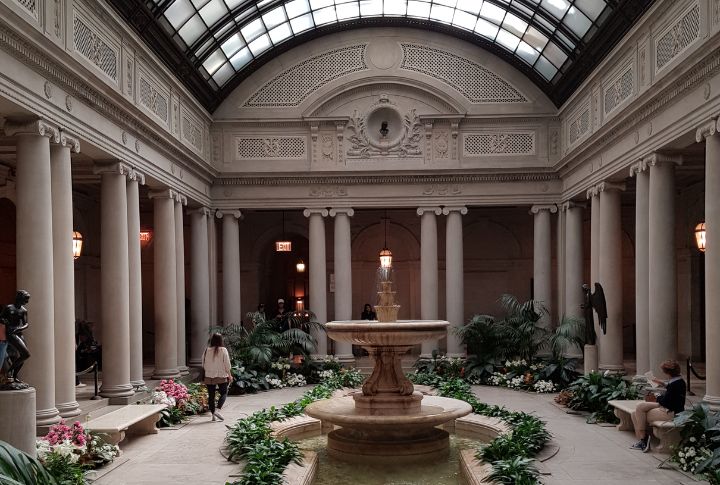
The strict photo ban at The Frick Collection serves many functions. Primarily, it protects artworks from any possible damage. But it also maintains high security, respects privacy agreements with art lenders, and ensures the proper decorum for viewing masterpieces from private collectors.
North Korea’s DMZ Border Zone
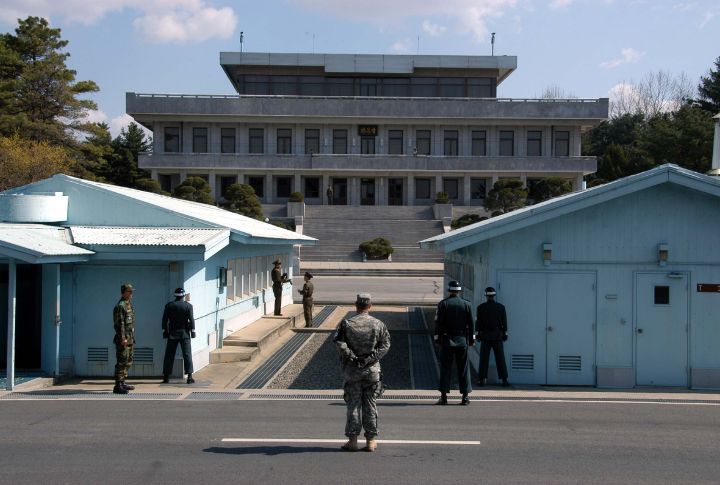
The Demilitarized Zone is intense, and photographic control is strictly layered throughout. Military personnel on both sides zealously watch for unauthorized photos of installations. While supervised guided tours are available, only small, carefully managed windows are allowed for sanctioned photography near the formidable border.
Anne Frank House, Amsterdam, Netherlands
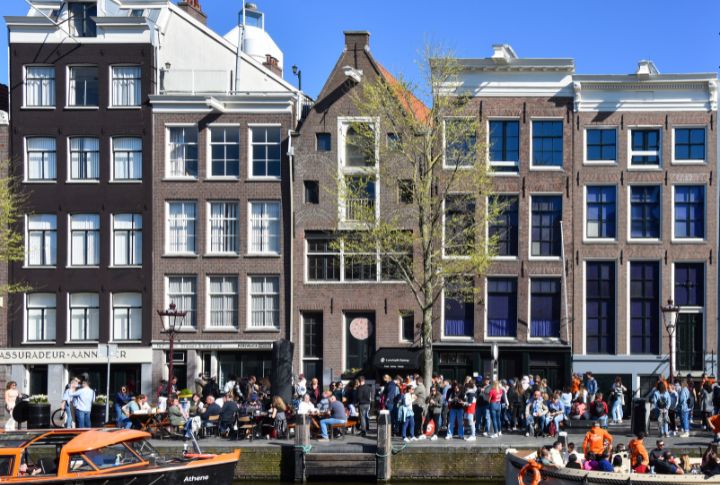
The camera ban at the Anne Frank House is a deliberate choice in an Instagram world. These authentic rooms are not for social media stories; they are for profound personal reflection. It protects both the fragile artifacts and the necessary quiet atmosphere, which ensures uncrowded, deep engagement with history.
Certain Areas Of Mecca During Hajj, Saudi Arabia
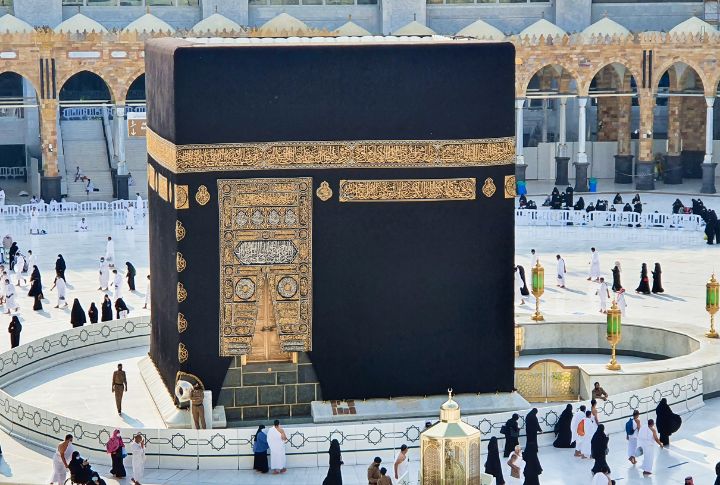
At the spiritual heart of Mecca, the Kaaba anchors a network of sacred spaces where cameras are silenced during Hajj. These defined no-photography zones maintain the pilgrimage’s spiritual sanctity, protect millions of worshippers’ privacy, and aid authorities in managing the massive scale of devoted pilgrims.
Sheikh Zayed Grand Mosque, Abu Dhabi, UAE
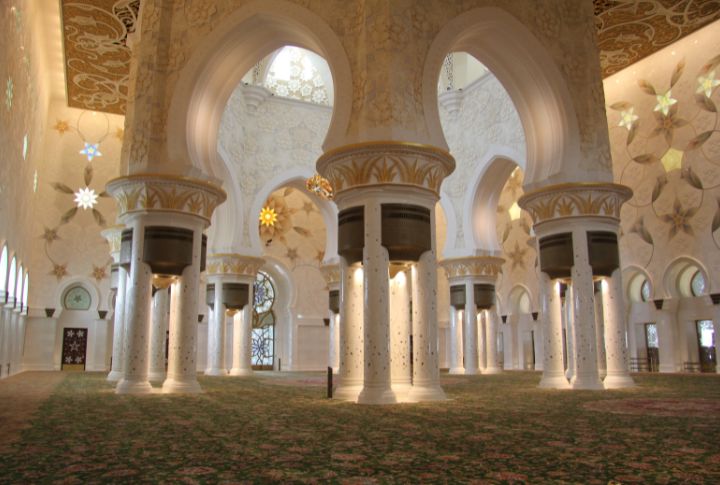
This timeless mosque thoughtfully balances visitor access with preservation. Many areas welcome cameras, but strict photo-free sanctuaries are still maintained, especially within the prayer halls. It maintains a tranquil setting that allows worshippers to experience spiritual connection without disruption.
Google Data Centers (Global)
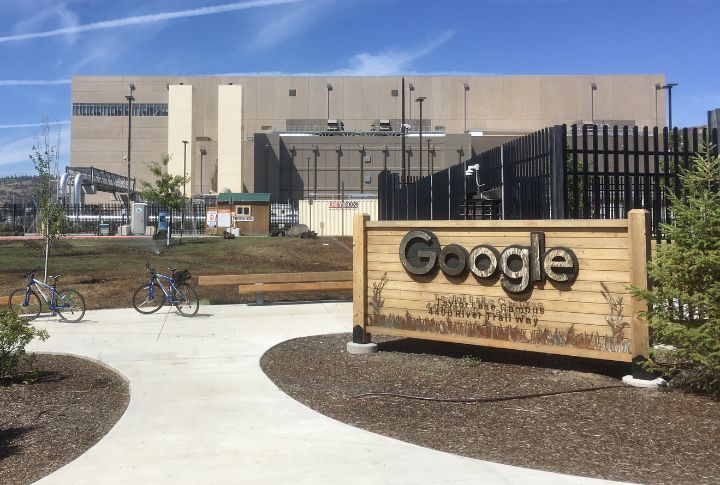
Despite mapping the world via Street View, Google strictly forbids photography inside its own data centers. Though virtual tours exist, no real photos are allowed. The prohibition serves as a safeguard for delicate infrastructure and tightly controlled security frameworks in order to reduce the risk of compromise.
Niihau Island, Hawaii, USA
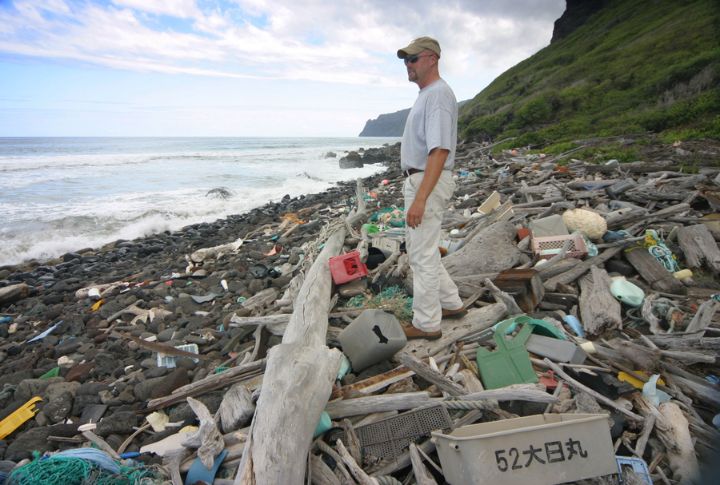
Niihau stands apart: no paved roads, no public utilities. The deliberate preservation of traditional life is intensely protected. Access is also highly restricted to invited guests and authorized tours only. A total no-photography policy safeguards resident privacy and ensures the native Hawaiian culture remains undisturbed.
Kremlin Armory Chamber, Moscow, Russia
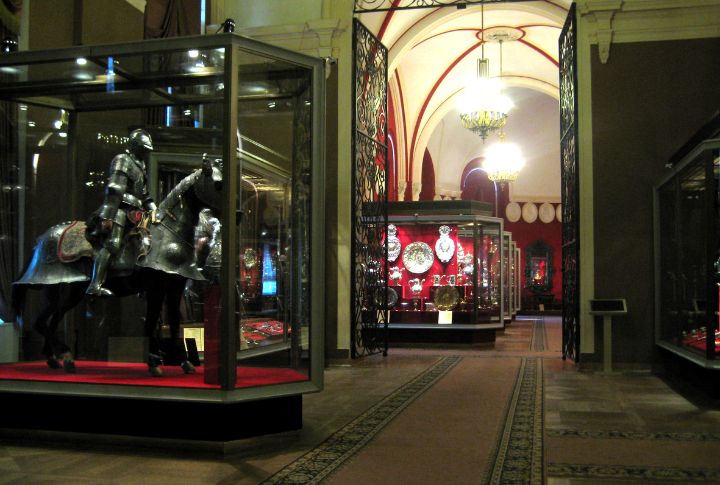
The Kremlin Armory Chamber maintains a strict photo ban to safeguard its priceless collection of Russian imperial treasures. Such high-security measures protect artifacts like the Faberge eggs from damage and theft, while preserving the appropriate decorum within their unique sanctuary of Russian history.
Bhabha Atomic Research Centre, Mumbai, India
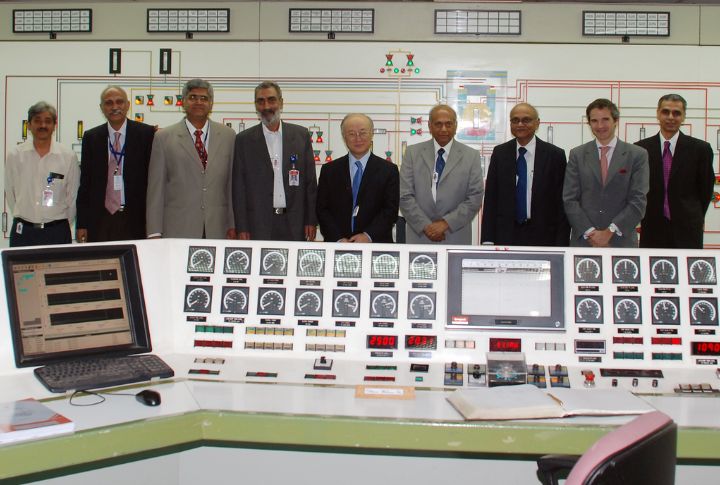
Photography is absolutely forbidden at the high-security site. Established in 1954 by Dr. Homi Bhabha, the Bhabha Atomic Research Centre (BARC) is India’s premier nuclear facility. Strict protocols protect classified technology and sensitive infrastructure from any unauthorized disclosure.
Temple Mount’s Dome Of The Rock, Jerusalem
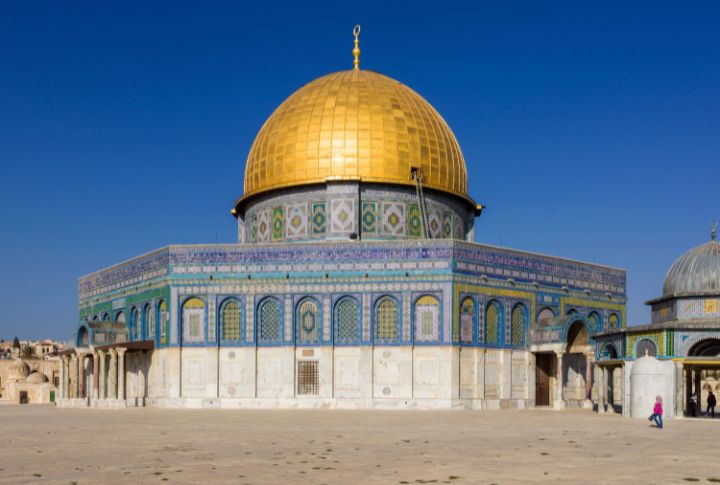
As one of Islam’s oldest monuments, the Dome of the Rock represents the sacred intersection of three great faiths. Its spiritual gravity demands thoughtful preservation. Photography restrictions and security protocols play a vital role in protecting religious sensitivities and preserving the fragile interfaith balance at Temple Mount.
Bohemian Grove, California, USA
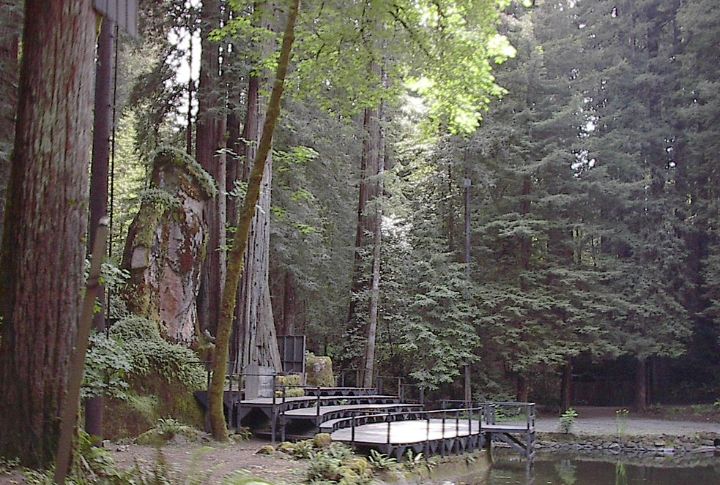
Founded in 1872, Bohemian Grove is an ultra-exclusive retreat where global power players gather. The strict photography ban was implemented as the club’s influence grew, shielding its powerful members and maintaining the deliberate secrecy and mystique that defines the private California enclave.
International Court Of Justice, The Hague, Netherlands
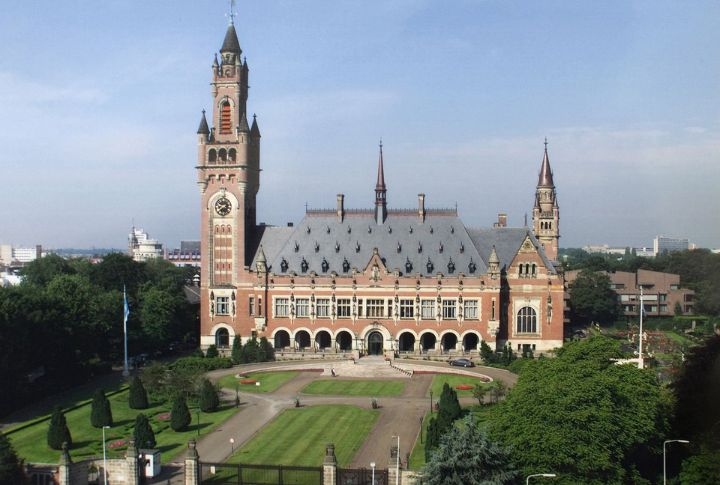
The International Court of Justice (ICJ) is the UN’s main judicial organ, and it strictly governs its courtroom protocols. Photography is prohibited during proceedings. This upholds the solemnity of legal deliberations, protects the privacy of participants, and maintains the absolute integrity of international justice.

